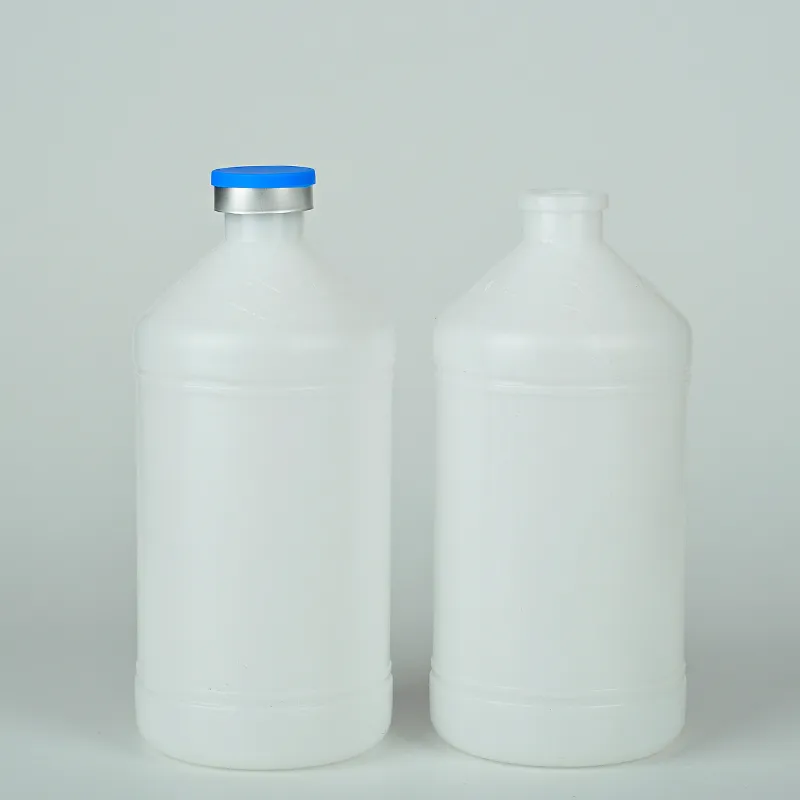
-
 Afrikaans
Afrikaans -
 Albanian
Albanian -
 Amharic
Amharic -
 Arabic
Arabic -
 Armenian
Armenian -
 Azerbaijani
Azerbaijani -
 Basque
Basque -
 Belarusian
Belarusian -
 Bengali
Bengali -
 Bosnian
Bosnian -
 Bulgarian
Bulgarian -
 Catalan
Catalan -
 Cebuano
Cebuano -
 Corsican
Corsican -
 Croatian
Croatian -
 Czech
Czech -
 Danish
Danish -
 Dutch
Dutch -
 English
English -
 Esperanto
Esperanto -
 Estonian
Estonian -
 Finnish
Finnish -
 French
French -
 Frisian
Frisian -
 Galician
Galician -
 Georgian
Georgian -
 German
German -
 Greek
Greek -
 Gujarati
Gujarati -
 Haitian Creole
Haitian Creole -
 hausa
hausa -
 hawaiian
hawaiian -
 Hebrew
Hebrew -
 Hindi
Hindi -
 Miao
Miao -
 Hungarian
Hungarian -
 Icelandic
Icelandic -
 igbo
igbo -
 Indonesian
Indonesian -
 irish
irish -
 Italian
Italian -
 Japanese
Japanese -
 Javanese
Javanese -
 Kannada
Kannada -
 kazakh
kazakh -
 Khmer
Khmer -
 Rwandese
Rwandese -
 Korean
Korean -
 Kurdish
Kurdish -
 Kyrgyz
Kyrgyz -
 Lao
Lao -
 Latin
Latin -
 Latvian
Latvian -
 Lithuanian
Lithuanian -
 Luxembourgish
Luxembourgish -
 Macedonian
Macedonian -
 Malgashi
Malgashi -
 Malay
Malay -
 Malayalam
Malayalam -
 Maltese
Maltese -
 Maori
Maori -
 Marathi
Marathi -
 Mongolian
Mongolian -
 Myanmar
Myanmar -
 Nepali
Nepali -
 Norwegian
Norwegian -
 Norwegian
Norwegian -
 Occitan
Occitan -
 Pashto
Pashto -
 Persian
Persian -
 Polish
Polish -
 Portuguese
Portuguese -
 Punjabi
Punjabi -
 Romanian
Romanian -
 Russian
Russian -
 Samoan
Samoan -
 Scottish Gaelic
Scottish Gaelic -
 Serbian
Serbian -
 Sesotho
Sesotho -
 Shona
Shona -
 Sindhi
Sindhi -
 Sinhala
Sinhala -
 Slovak
Slovak -
 Slovenian
Slovenian -
 Somali
Somali -
 Spanish
Spanish -
 Sundanese
Sundanese -
 Swahili
Swahili -
 Swedish
Swedish -
 Tagalog
Tagalog -
 Tajik
Tajik -
 Tamil
Tamil -
 Tatar
Tatar -
 Telugu
Telugu -
 Thai
Thai -
 Turkish
Turkish -
 Turkmen
Turkmen -
 Ukrainian
Ukrainian -
 Urdu
Urdu -
 Uighur
Uighur -
 Uzbek
Uzbek -
 Vietnamese
Vietnamese -
 Welsh
Welsh -
 Bantu
Bantu -
 Yiddish
Yiddish -
 Yoruba
Yoruba -
 Zulu
Zulu
High-Quality Plastic Reagent Bottles Available for Purchase with Various Capacities and Designs
The Versatility and Availability of Plastic Reagent Bottles
When it comes to laboratory supplies, one of the essentials that researchers, technicians, and students often rely on is the reagent bottle. Among the various materials, plastic reagent bottles have gained significant popularity due to their numerous advantages, making them a preferred choice for many laboratories. This article explores the benefits, applications, and availability of plastic reagent bottles, emphasizing their significance in scientific research and industry.
Advantages of Plastic Reagent Bottles
Plastic reagent bottles are primarily made from robust polymers, such as polyethylene (PE) and polypropylene (PP). These materials offer several benefits over glass bottles. First and foremost, plastic bottles are lightweight and less prone to breakage, reducing the risk of accidents in the laboratory setting. This feature is crucial, especially in busy labs where glass breakage can lead to hazardous situations.
Another significant advantage is their chemical resistance. Many plastic reagent bottles are designed to hold a variety of chemicals, ranging from acids and bases to solvents. This versatility ensures that researchers can use them for a wide array of applications without worrying about chemical compatibility. Additionally, certain manufacturers produce bottles that are specifically designed for high-purity applications, ensuring minimal contamination for sensitive experiments.
Applications in Various Fields
The applications of plastic reagent bottles span numerous scientific and industrial fields. In chemistry labs, they are commonly used for storing and dispensing reagents, solutions, and samples. In the life sciences, these bottles often hold biological materials, including cultures and samples for microbiological testing. Furthermore, in educational institutions, plastic reagent bottles are utilized for laboratory experiments, making them essential tools for teaching practical skills in science.
plastic reagent bottle for sale

Industries such as pharmaceuticals, biotechnology, and environmental science also rely heavily on plastic reagent bottles. For instance, they are employed in quality control laboratories to store reagents necessary for testing products, ensuring compliance with safety standards. Additionally, environmental scientists use these bottles for sampling water and soil, facilitating research on pollution and ecological health.
Availability in the Market
The market for plastic reagent bottles has expanded significantly, leading to a variety of options for consumers. Lab supply companies offer an extensive range of sizes, shapes, and designs to accommodate different needs. From small 15 mL bottles suitable for individual samples to larger containers for bulk storage, customers can easily find what they require. Many suppliers also provide color-coded options, which help in organizing and identifying various reagents quickly.
Moreover, the rise of online shopping has made it even easier for laboratories and research institutions to procure these essential items. E-commerce platforms enable customers to browse through vast inventories, compare prices, and read reviews before making a purchase. This accessibility has contributed significantly to the efficient operation of laboratories, ensuring that they are always well-stocked with necessary supplies.
Conclusion
In conclusion, plastic reagent bottles are indispensable tools in modern laboratories across various scientific fields. Their lightweight nature, chemical resistance, and versatility make them ideal for storing and dispensing a wide range of substances. As the demand for laboratory supplies continues to grow, the availability of plastic reagent bottles has become more pronounced, providing scientists, educators, and industry professionals with the resources they need to conduct their work safely and efficiently. Whether in a bustling research facility or a classroom, these bottles remain a testament to the innovation and practicality that science embodies.
-
Premium 200ml Medicine Bottles – Leakproof Dropper & Spray Options at Best PriceNewsJul.05,2025
-
PTFE Centrifuge Tubes - Chemical Resistant, Leak-proof, Ideal for Laboratory UseNewsJul.05,2025
-
Premium Metal Dropper Bottle for Precise Dispensing 250ml & 1ml Options AvailableNewsJul.04,2025
-
20 ml Headspace Vials - High Quality Polyethylene & Plastic Vials for Lab UseNewsJul.04,2025
-
Small Bottle with Pipette - Precise Dispensing 100ml Pipette Bottles for Essential Oils & Lab UseNewsJun.24,2025
-
Acetic Anhydride Bottle for Accurate Dropper Measurement in Pharmacy Use High-Quality Dropper BottlesNewsJun.10,2025






















